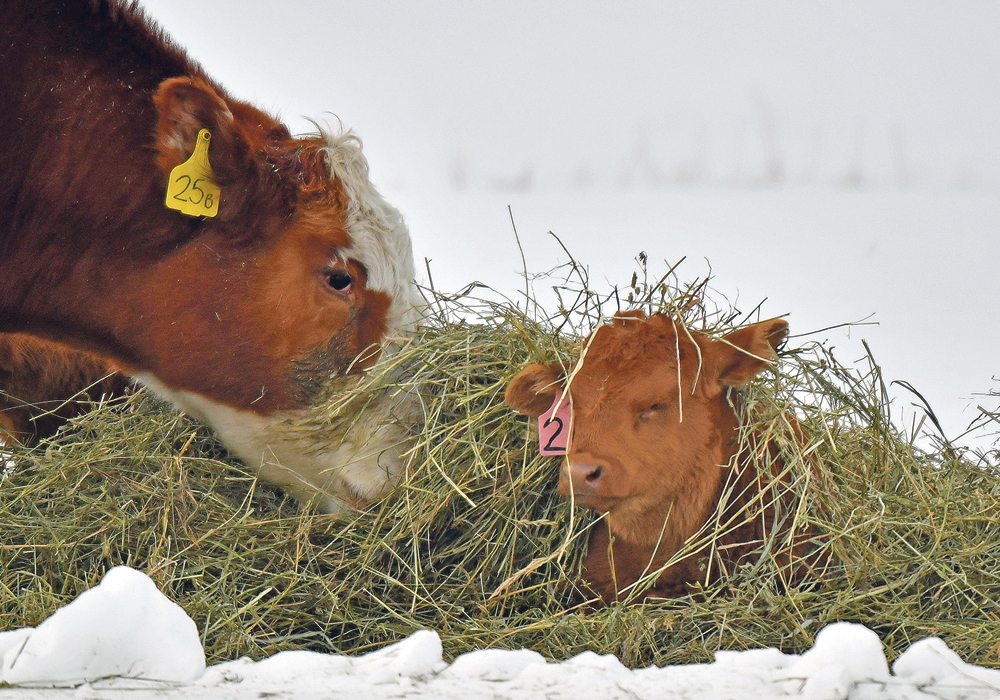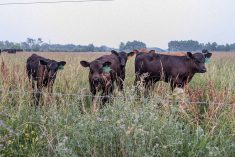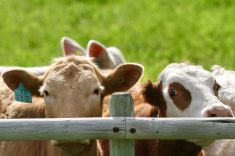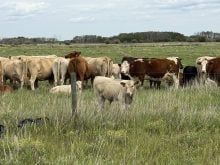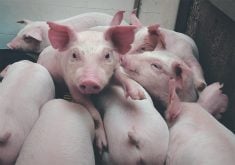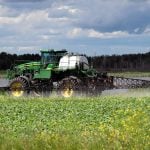Slightly fewer beef heifers were held for breeding compared to last year but the number of steers rose 2.1 percent
Cattle numbers as of Jan. 1 this year were up slightly over January 2017 numbers, according to Statistics Canada’s livestock inventory figures released March 6.
There were 11.6 million cattle on farms as of Jan. 1, a 0.9 percent increase over the previous year but still 22 percent less than the peak recorded in January 2005.
The number of hogs was up 2.7 percent from the year previous, at 14.3 million animals. Sheep also saw an increase of 2.8 percent, totalling 836,900 animals, Statistics Canada said.
Further to the cattle numbers, there were slightly fewer beef heifers held for breeding compared to last year but the number of steers rose 2.1 percent and feeder heifer numbers were up 1.1 percent compared to the same time last year.
Read Also
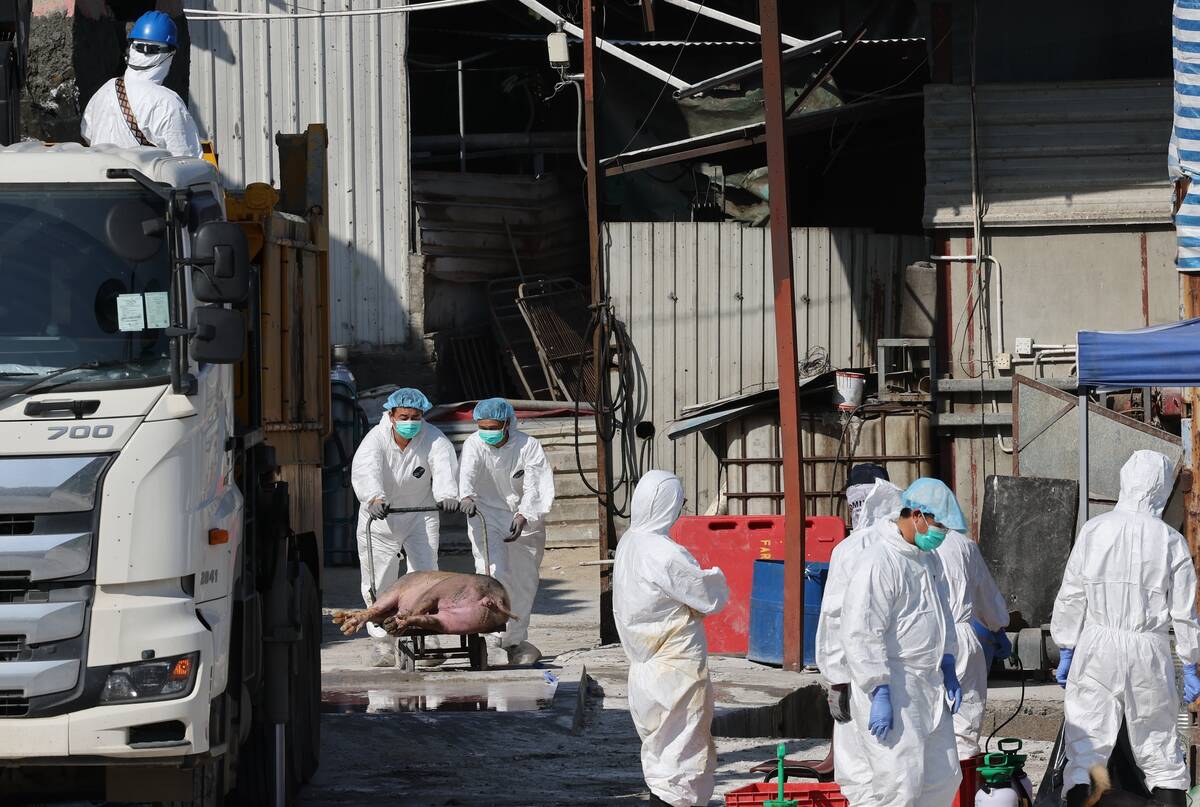
Mixed results on new African swine fever vaccine
The new African swine fever vaccine still has issues, but also gave researchers insight into how virus strain impacts protection against the deadly pig disease.
“International exports decreased 16.3 percent to 640,900,” StatsCan said.
“Export demand for Canadian cattle may have been dampened by growth in the U.S. cattle herd. The United States Department of Agriculture reported that on Jan. 1, 2018, the American cattle and calf inventory was 0.7 percent higher than on the same date in 2017.”
On the dairy side, StatsCan reported a domestic herd increase of 2.7 percent, with 1.4 million cows and heifers on Canadian operations.
Alberta figures show a slight year over year increase in total cattle numbers, with 4.75 million animals compared to 4.73 million in 2017.
Saskatchewan numbers also increased, sitting at 2.25 million compared to 2.24 million in January 2017. Manitoba also saw an increase to 1.06 million (1.05 million last year).
As for hogs, the numbers were up for the fifth consecutive year. Inventories have risen 12.4 percent since Jan. 1, 2013, StatsCan reported.
Those animals were raised on roughly the same number of farms. Canada exported 5.6 million hogs in 2017, down by 0.1 percent compared to 2016 and down 44 percent from the 2007 export peak.
Domestic slaughter increased 1.6 percent, with 21.8 million killed in Canadian plants.
Manitoba increased its hog herd by 4.5 percent, year over year, with numbers at 3.45 million as of Jan. 1. That compares to 3.34 million in January 2017.
Alberta and Saskatchewan had slight increases in hog numbers, with Alberta at 1.515 million (1.49) and Saskatchewan with 1.07 million (1.05). British Columbia increased its hog numbers by 5.8 percent, recording 91,000 head compared to 86,000 in 2017.
For sheep, the Canadian increase was the first one in five years, StatsCan said. There were 1.5 percent more ewes and 6.5 percent more replacement lambs. Market lamb numbers also rose by 5.1 percent.
Manitoba led the way in the percentage increase of 14.8 percent, though it has lower total numbers, at 93,000 head, compared to Saskatchewan and Alberta.
Alberta had 140,000 sheep as of Jan. 1 (138,000 in January 2017) and Saskatchewan had 86,000 (85,000 in 2017.)


